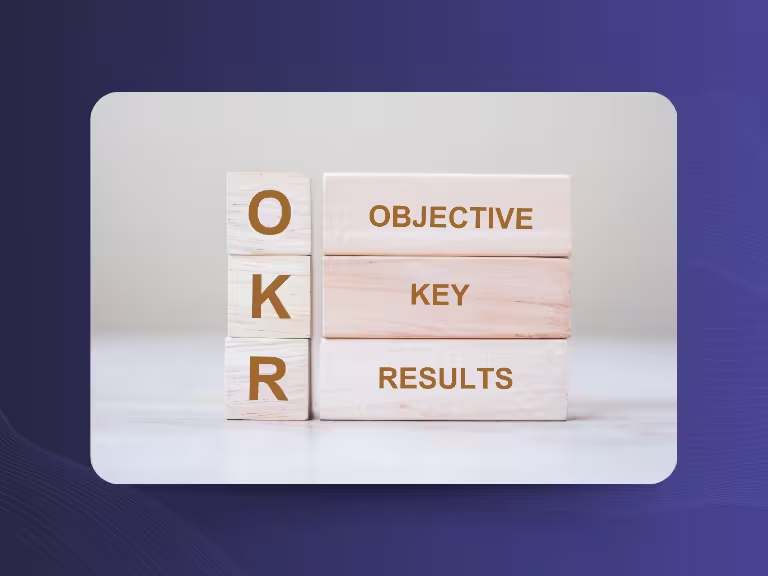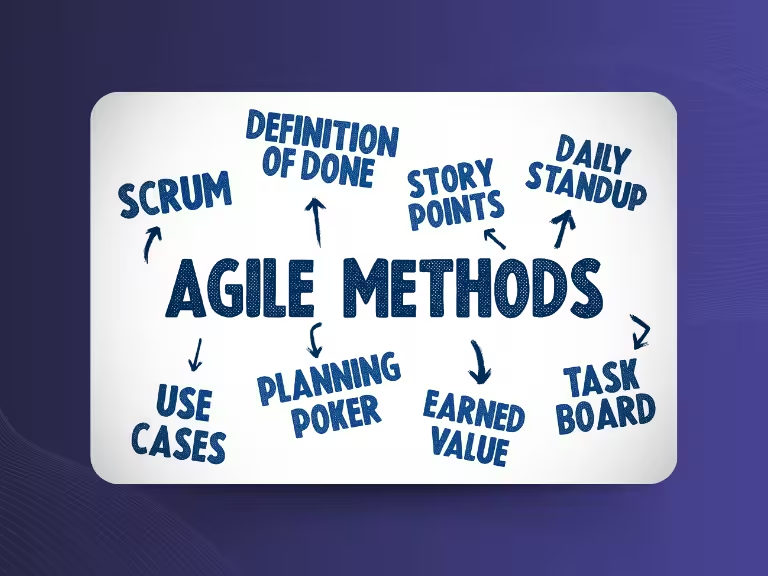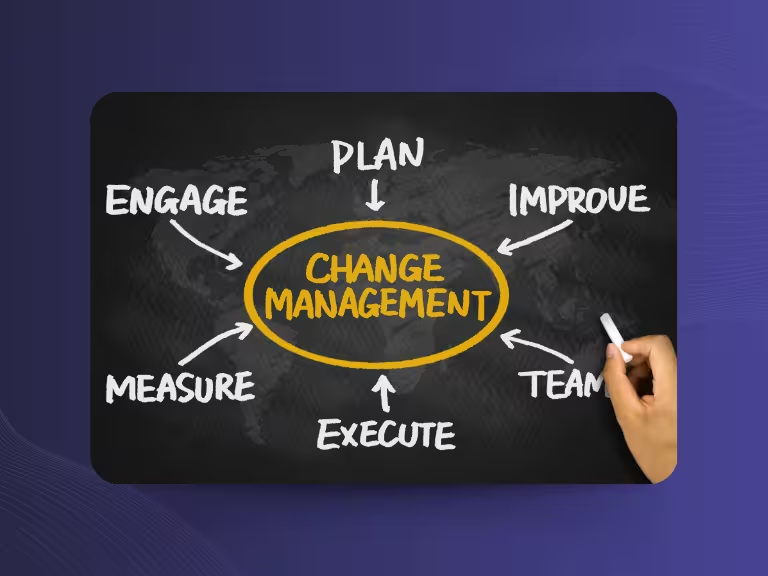Live Transcription in Meetings: When It Helps — and When It Doesn't
AI-powered meeting tools promise more efficiency, sharper focus, and less follow-up. One of their flashiest features? Live transcription. Every word spoken is instantly turned into text — right during the meeting. Sounds like a game changer, right? But is it really? Let's take a closer look at when live transcription is useful — and when it becomes more of a distraction.
What Exactly Is Live Transcription?
Unlike traditional transcription, which happens after a meeting, live transcription displays every spoken sentence as scrolling text during the meeting itself. Many tools now offer this as a built-in feature.
The promise: Everything said is instantly available in writing. If you lose track, just read back. Miss something? Scroll up. But how useful is that in real-world meetings?
The Promised Benefits of Live Transcription What Providers Say
Live transcription is often marketed as revolutionary. The top claims include:
Accessibility
People with hearing impairment or in noisy environments can follow along more easily.
Flexible Reading
In cases of poor audio quality, strong accents, or language barriers, the text helps with understanding.
Quick Orientation
If you zone out for a moment, you can quickly catch up.
Real-Time Documentation
Tasks, Quotes, or Decisions can be copied or marked instantly.
In theory, these sounds like a real win. But what about in practice?

Reality Check: Is Live Transcription Actually Used?
Often not so much. In small to medium-sized meetings, most participants barely glance at the transcript. If you're actively listening and thinking, it's hard to also read along.
People typically use it when:
- Audio Cuts Out or the Connection Is Poor
- They join late
- Language barriers are present
- They need a specific quote or figure
But reading along throughout the meeting? Few do that. And for good reason.
The Downsides: When Live Transcription Hurts More Than It Helps
Distraction Instead of Focus
The idea of reading while listening sounds better than it is. In practice, it leads to multitasking which reduces focus and weakens engagement.
Cognitive Load
Especially in complex discussions, it's exhausting to listen and read at the same time. You end up bouncing between the conversation and the transcript — draining your energy.
Lack of Context
Transcripts are linear. They don't capture tone, emotion, or nuance. What seems clear in text may have had an entirely different meaning when spoken. In creative or strategic meetings, this can create misunderstandings.
A False Sense of Security
Live transcription can tempt you to mentally check out — thinking, “I'll just read it later.” But there's no substitute for being truly present.
When Live Transcription Makes Sense
Used wisely, live transcription can be helpful — especially in:
- Accessibility scenarios: Essential for those with hearing challenges
- Large meetings: Where not everyone is speaking constantly
- Language barriers: When the Meeting Isn't in Your Native Language
- Knowledge Capture: For sudden ideas, numbers, or tasks that need to be marked instantly

Smarter Alternatives to Live Transcription
Intelligent Live Summaries
Rather than transcribing every word, tools should focus on summarizing key points: Who said what? What decisions were made?
Automation
Action items and notes should automatically appear in task tools, CRMs, or directly in participants' follow-ups.
Context-Aware Highlights
AI should detect what's important (a task, a quote, a decision) and mark it accordingly, instead of producing raw transcripts.
Conclusion: Live Transcription Is Nice to Have But Not for Everyone
Live transcription is a helpful feature in certain situations. But in many everyday meetings, it's unused — or worse, distracting. If you want to be present and engaged, you don't need a word-for-word script. What matters more is smart, structured follow-up.
If you do use live transcription, use it intentionally — as a supplement, not a replacement for active listening.
Not Sure If You Need Live Transcription? Ask Yourself These 5 Questions:
- Do we often have communication issues in meetings?
- Do we work internationally or in multiple languages?
- Are any participants hearing impaired?
- Do I often want to re-read something that was said 2 minutes ago?
- Can I still focus on the meeting while reading a?
If you answered “yes” more than once, live transcription might be a good fit. If not, you probably don't need it.
Our tool Sally doesn't offer live transcription — but it delivers top-tier transcription, automation, and task detection after your meeting. Try Sally for free.

Test Meeting Transcription now!
We'll help you set everything up - just contact us via the form.
Test NowOr: Arrange a Demo Appointment





